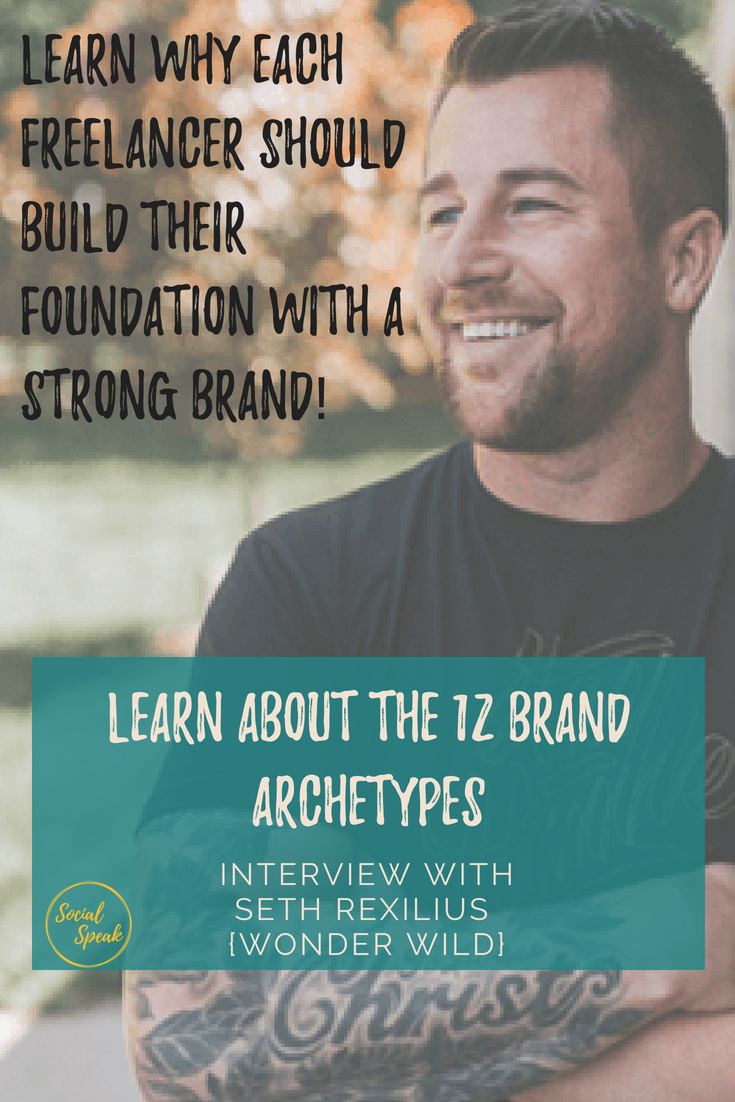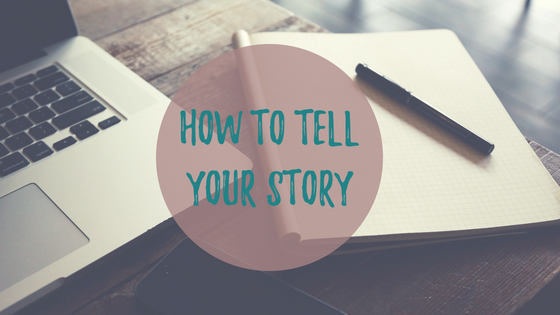In today’s digital age, personal branding has evolved from a mere buzzword to an essential strategy for anyone looking to stand out and succeed. It’s what sets you apart in a sea of online profiles and helps you connect with your audience on a deeper level.
Whether you’re an entrepreneur, a freelancer, or a professional climbing the corporate ladder, a solid personal brand is your ticket to visibility and credibility.
In this blog, we’ll walk through practical steps to make your mark online through content creation, social media, and networking — all with a friendly, professional, and actionable approach.
Understanding Personal Branding
At its core, personal branding is about how you present yourself online and offline to potential clients, employers, and your professional network.
It’s what people say about you when you’re not in the room. A well-crafted personal brand highlights your strengths, passions, and the unique value you bring to the table, setting you apart in a crowded marketplace.
Laying the Foundation of Your Personal Brand
Identifying Your Niche
The first step is to understand what you’re passionate about and what you do best. Identify the skills or knowledge you have that others might find valuable.
This isn’t just about your job title. Instead, it’s about understanding your unique selling proposition and how it meets the needs of your target audience.
Crafting Your Personal Brand Statement
This is a succinct way to tell the world who you are and what you stand for. Think of it as your professional mission statement or elevator pitch. It should be a simple, clear message that reflects your values and what you bring to the table.
Content Creation: The Heartbeat of Your Personal Brand
Content is king in the digital world. It is how you share your voice and vision with the world.
Whether it’s blog posts, videos, podcasts, or infographics, your content should be engaging, authentic, and, most importantly, valuable to your audience.
Be authentic and focus on quality over quantity. Use storytelling to make your content memorable and relatable. It allows you to connect with your audience on a personal level by sharing your experiences, challenges, and successes.
Leveraging Social Media to Amplify Your Brand
There is more to social media than just catching up with friends. It’s a powerful platform for building and promoting your personal brand. Keep in mind, though, that it’s not about being everywhere. Choose platforms that align with your brand and where your audience hangs out.
Optimize your profiles with a clear bio, a professional photo, and links to your work. Use consistent visuals and messaging across platforms.
Publish valuable content and share your knowledge with your audience. But don’t just post and vanish. Respond to comments, participate in discussions, and connect with your audience. Be a part of the community.
Networking – Expanding Your Influence
Networking isn’t just for in-person events. Online networking can be just as powerful. Engaging in LinkedIn groups, Twitter chats, or industry-specific forums can help you connect with like-minded professionals. Collaborations and partnerships can also significantly boost your visibility.
Monitoring and Adapting Your Brand Strategy
Building a personal brand is not a set-it-and-forget-it endeavor. It’s an ongoing process.
Use tools to monitor your online presence and track how your content is performing. Be open to feedback and ready to tweak your strategy to stay relevant and authentic.
Common Pitfalls to Avoid in Personal Branding
Avoid the temptation to over-promote yourself. Strive for a balance between sharing your achievements and contributing value to your community. Focus on building genuine connections and providing value to your audience.
Consistency is key—not just in how often you post but in maintaining a cohesive message and visual style. Never underestimate the power of engagement. Remember, your community is your most vital asset.
Final thoughts
Embarking on your personal branding journey may seem daunting at first. But with the right approach and tools, you’ll find it to be a rewarding endeavor that sets you apart in your field. It opens doors to opportunities and builds credibility.
Your personal brand is your chance to tell your story on your own terms. So start by taking small, consistent steps. Refine your approach as you go, and watch as your personal brand flourishes in the digital world. The world is waiting to hear your story.




